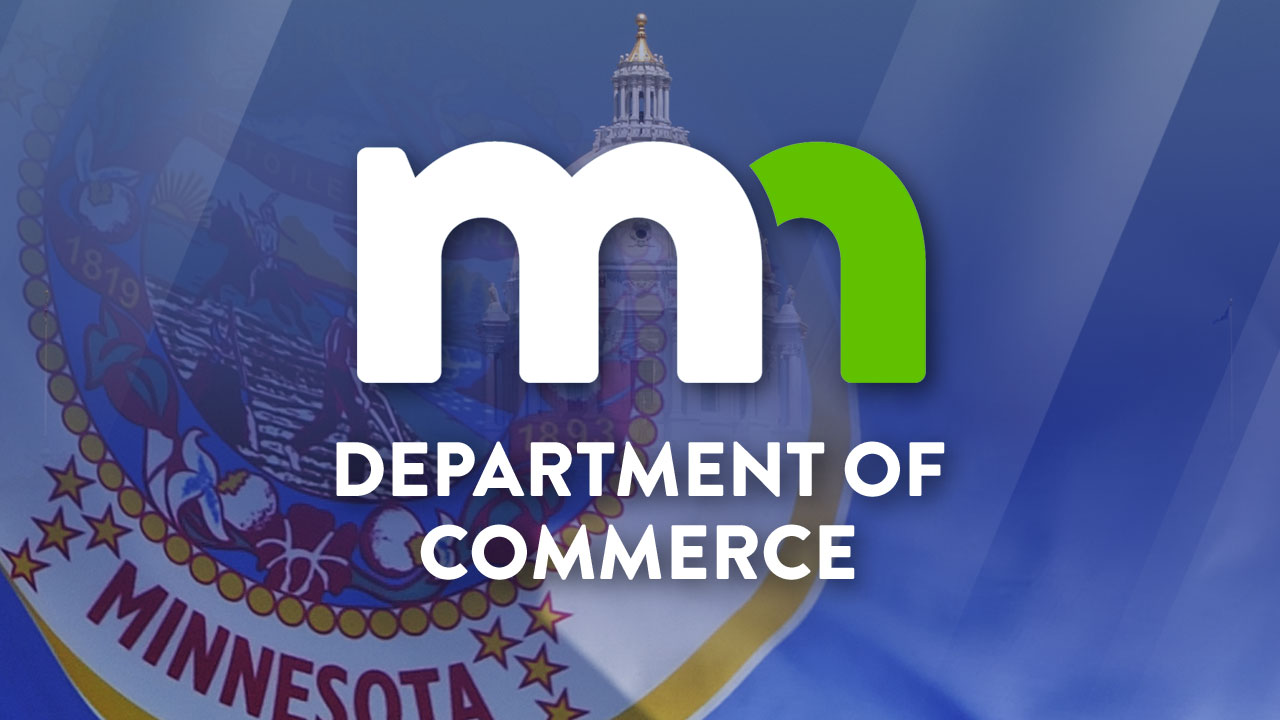Pacific Life agrees to pay $250,000 fine, improve practices after violating state insurance laws

Pacific Life has agreed to pay a $250,000 fine and improve practices for long-term care and life insurance policies after violating multiple state insurance laws.
The insurance company agreed to the fine and other conditions under a consent order with the Minnesota Department of Commerce.
The consent order results from an examination by the Department of Commerce’s Enforcement Division, alleging that Pacific Life violated several state insurance laws.
“Policies for long-term care and life insurance and annuities offer ways for consumers to reduce their and their families’ financial risks. Because these are complex financial tools, consumers rely on insurers to follow state laws, to be consistent, and to clearly explain the benefits and costs for policies,” said Jacqueline Olson, Department of Commerce assistant commissioner of enforcement. “Commerce is working to ensure Minnesota consumers are protected in dealing with these kinds of complex financial decisions. We are also working to ensure a fair and equitable marketplace. That helps build trust for consumers and businesses.”
Pacific Life, directly or through its appointed insurance agents, allegedly:
- Failed to follow its own review guidelines to determine whether the life insurance, long-term care insurance, and annuity contracts applied for by Minnesota consumers were suitable.
- Failed to take appropriate action against its appointed insurance producers when they did not comply with Pacific Life’s guidelines on suitability.
- Failed to ensure, in some instances, that the insurance policy and any riders sold to Minnesota consumers met those consumers’ financial goals.
- Failed to appropriately consider the fees charged for insurance policy riders and/or the loss of other benefits when Pacific Life, directly or through its appointed agents, recommended the replacement of existing policies.
Along with the civil penalty of $250,000, the consent order included ongoing monitoring to ensure compliance.